

~~~~~~~~~~~~~~~~~~~~~~~~~~~~
SCUBA News (ISSN 1476-8011)
Issue 262 - April 2022
https://www.scubatravel.co.uk
~~~~~~~~~~~~~~~~~~~~~~~~~~~~~
Contents:
What's new at SCUBA Travel?
Diving with the Guadalupe Great White Sharks
Creature of the Month: Geometric Moray Eel
Diving news from around the World
Download as a pdf file
 |
The wonderful Bali is again open travelling divers, with visas-on-arrival now available to visitors from many more countries.
|
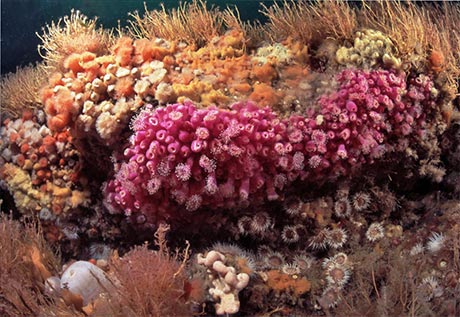 |
For many, the European dive season is just starting. But where are the best dives on the continent?
|
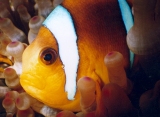 |
...One of the world's best shore diving destinations |
Guadalupe is one of the best places to see white sharks, especially in August when you can get 30% off on the Vortex liveaboard.
Helmut Debelius in his Red Sea Reef Guide says that the geometric moray eel is seen more often than any other moray eel. But after hundreds of dives in the Red Sea I have seen it only occasionally, unlike the ubiquitous giant moray. Has it become less common, or have I simply been diving in the wrong places or at the wrong times?
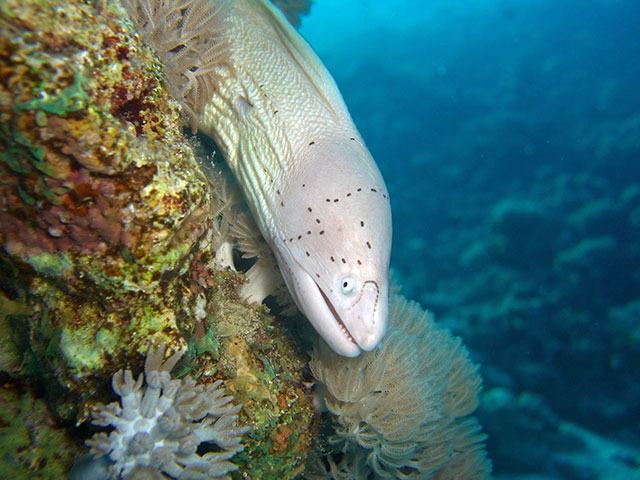
As well as the Red Sea, this eel is found throughout the Western Indian Ocean including Madagascar, Mauritius, Oman, Mozambique, Seychelles and South Africa.
This eel has a long body with one continuous fin along its back. Like other morays it has elongated front nostrils, it also has extra nostrils a little further back. You can easily recognise it by the dashed lines patterning its face. Quite small for a moray, the Geometric moray reaches 65 cm long. It lives at depths down to 40 m on coral and rocky reefs. You may see groups of up to 10 young eels sheltering in rock crevices. The black dashes on the face and body of this moray mark its pores. These are part of its lateral line system which detects changes in pressure and so can be used to detect movement and vibration in the surrounding water.
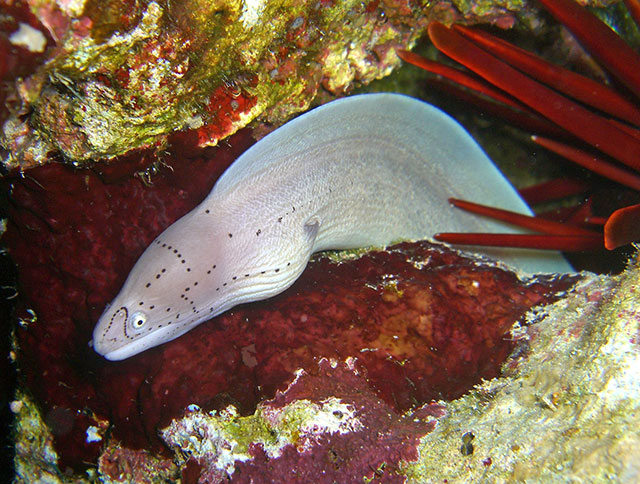
Morays live in holes and generally hunt by night, locating
their prey by their excellent sense of smell using their four nostrils. Moving with
snake-like motions, they are extremely quick.
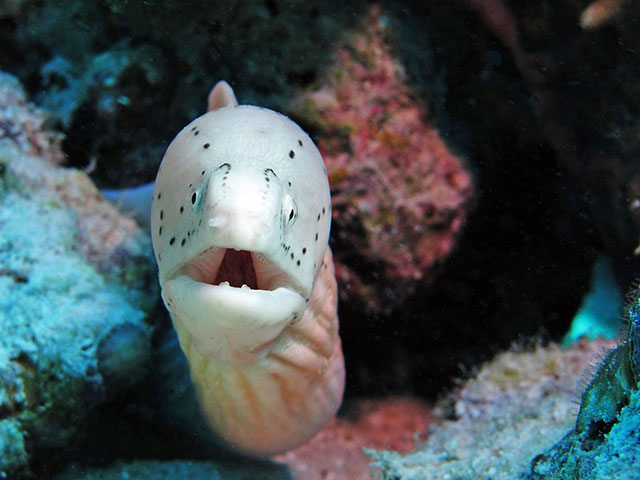
The geometric moray is a solitary hunter. It swims among the corals and rocks, occasionally poking its head into fissures and crevices searching for food. Without scales and covered in mucus it can slip into openings others can't. The eel flushes out small fish that cannot be reached by other hunters like groupers. Some groupers, and other types of hunter fish, hang around with the eels and snatch up fish driven out by the eels. This behaviour has been seen at several locations, but not always with the same species of fish. This makes it likely that the grouper and other hunters are copying the behaviour of others.
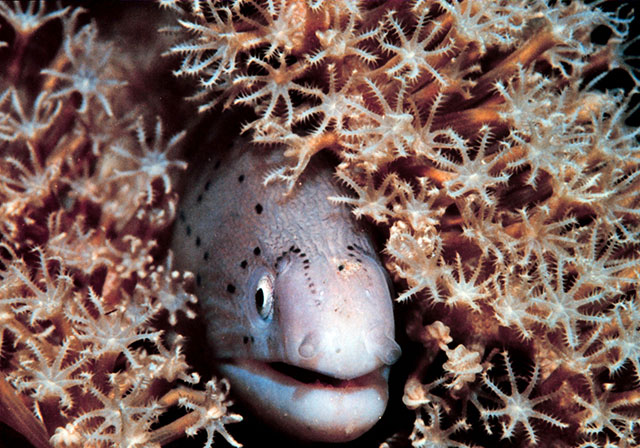
The grouper and other hunters like lionfish normally have their own territories, but they will leave these temporarily to associate with a hunting geometric moray eel. Observations suggest a much higher success rate for for strikes on prey with the eel's assistance than without. It's unclear if the eel benefits as well.
The geometric moray is both male and female at the same time. They release up to 12,000 eggs per spawn.
When at rest you may see them rhythmically opening and closing their mouths. They do this to maintain a respiratory current past the gills.
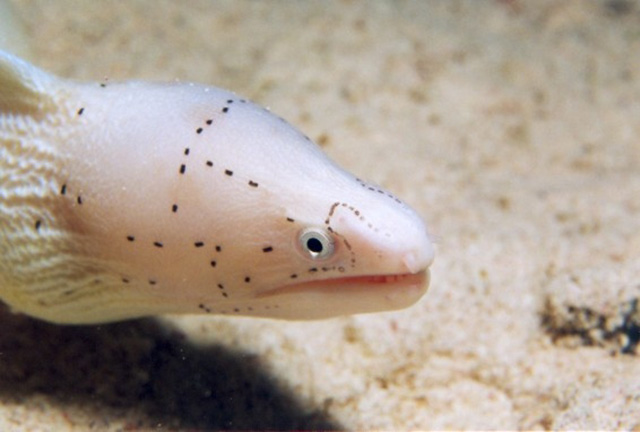
The Geometric moray, Gymnothorax griseus is also known as the Grey Moray, Peppered Moray and Siderea grisea.
Class: Teleostei > Subclass: Elopomorpha > Superorder: Anguilliformes > Order: Muraenidae > Family: Muraeninae > Subfamily: Gymnothorax > Genus: Gymnothorax > Species Gymnothorax griseusEwald Lieske and Robert Myers, Coral Reef Guide Red Sea
Debelius, Helmut (2001). Red Sea reef guide
Interspecific feeding associations of groupers (Teleostei: Serranidae) with octopuses and moray eels in the Gulf of Eilat (Agaba) January 1985Environmental Biology of Fishes 13(2):153-159 DOI:10.1007/BF00002584
Functional hermaphroditism in teleosts, Yvonne Sadovy De Mitcheson,Min Liu. 2008
 |
Calculate your scuba liveaboard carbon footprint
|
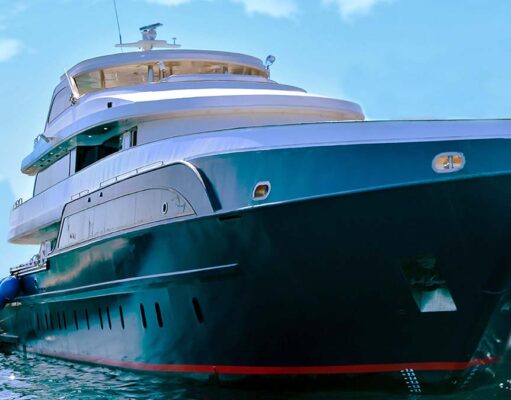 |
Divers escape Red Sea liveaboard fire
|
 |
Viruses are not always the villain
|
 |
Our ocean is choking on plastic - but it's a problem we can solve
|
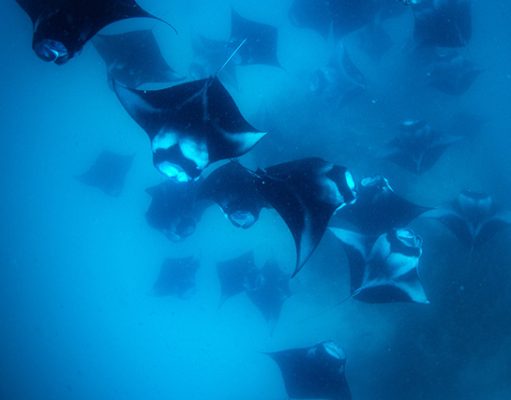 |
Where to dive in May
|
SCUBA News is licensed under a Creative Commons Attribution 4.0 Unported License. This means we are happy for you to reuse our material for both commercial and non-commercial use as long as you: credit the name of the author, link back to the SCUBA Travel website and say if you have made any changes. Some of the photos though, might be copyright the photographer. If in doubt please get in touch.
Photo credits: Tim Nicholson, Jill Studholme, Kristin Riser, Jianye Sui, Andrea Izzotti/DepositPhotos
Previous editions of SCUBA News are archived at https://www.scubatravel.co.uk/news.html
SUBSCRIBING AND UNSUBSCRIBING
Visit [UNSUBSCRIBE] and add or remove your e-mail
address. To change whether your receive the newsletter
in text or HTML (with pictures) format visit [PREFERENCES]
ADVERTISING
Should you wish to advertise in SCUBA News, please
see the special offers at
https://www.scubatravel.co.uk/newsad.html
Other advertising opportunities are at
https://www.scubatravel.co.uk/advertising.html
CONTACTING THE EDITOR
Please send your letters or press releases to:
Jill Studholme
SCUBA News
The Cliff
DE6 2HR
UK
news@scubatravel.co.uk
PUBLISHER
SCUBA Travel, 5 Loxford Court, Hulme, Manchester, M15 6AF, UK
Our newsletter, SCUBA News (ISSN 1476-8011), is absolutely free. It is a monthly publication, delivered by e-mail. To receive your copy fill in your details below. We will never pass your e-mail address to any third parties, or send you unsolicited e-mail.
To receive your copy fill in your details below. We will never pass your e-mail address to any third parties, or send you unsolicited e-mail.
You will receive an e-mail confirming your subscription. If you don't receive this you may have entered your e-mail address incorrectly - revisit this page and re-subscribe.
We love hearing from you: send us any news, dive write ups, reviews or comments